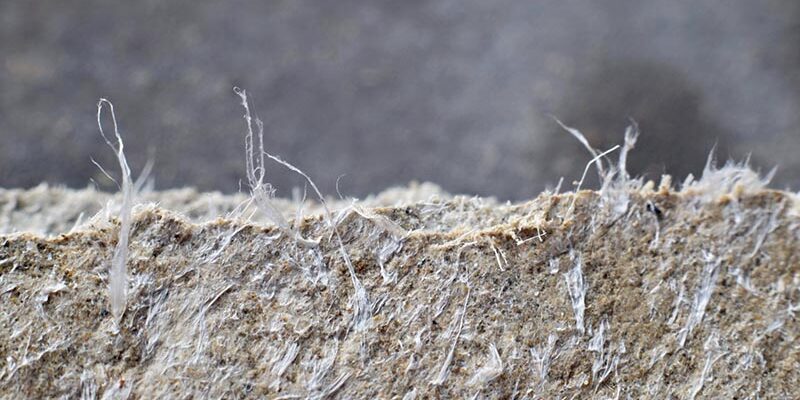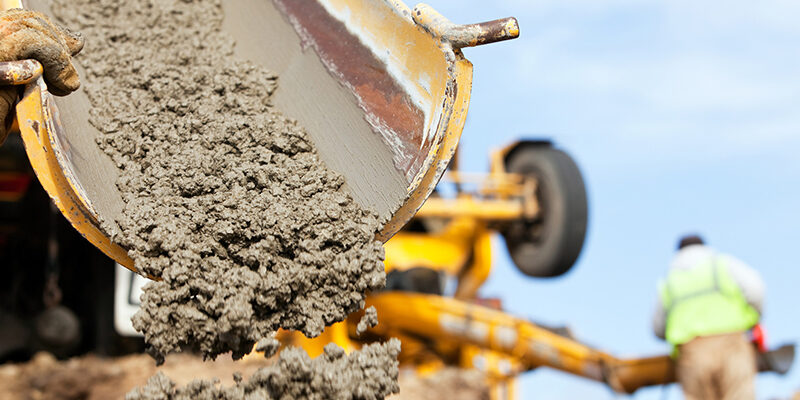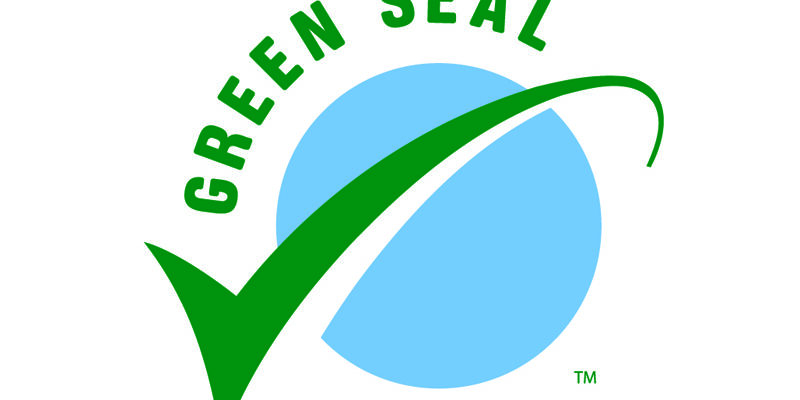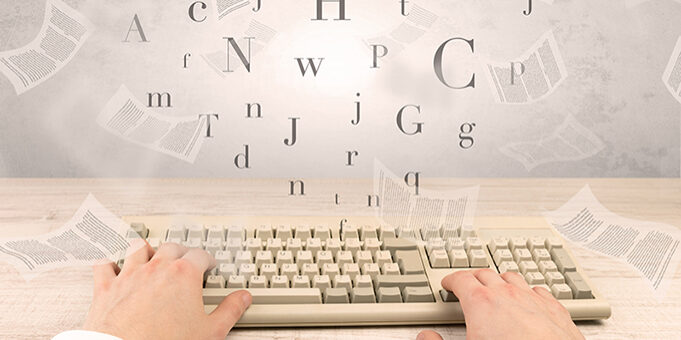Worlds Apart: Deep Cleaning Versus COVID-19 Cleaning
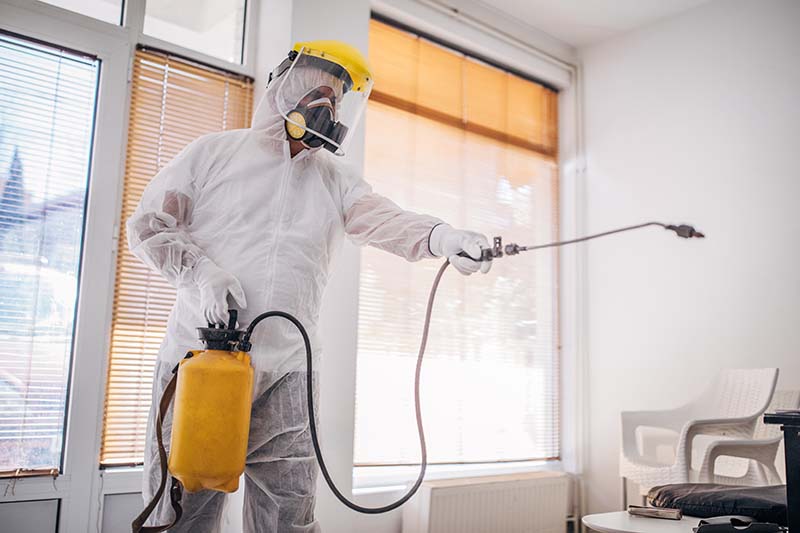
By Matt Wildt
Researchers know dirty little secrets about the haphazard cleaning habits of ordinary citizens. Forty percent of people, for example, can’t remember when they scrubbed the refrigerator. A quarter can’t recollect washing the bed linens. What’s more, they know they’re slouches at upkeep: One in four believes they don’t clean properly, and one in three admits they don’t clean often enough. Many people are confused and conflicted about cleaning. Experts in the area are so well informed on the topic that they teach other cleaning professionals how to do it. Major training and skill levels are critical weapons in the COVID-19 fight. That’s because normal cleaning—the kind we all do at some point—is worlds apart from COVID-19 cleaning—treating areas at risk for exposure to this devastating virus.
Disinfection myths
There is a huge difference between ordinary cleaning—the activity performed by any person using a variety of off-the-shelf cleaning products to remove substances from surfaces—and what is required to treat areas that may harbor dangerous pathogens like COVID-19. The possible presence of COVID-19 requires teams that have extensive training, use proper equipment and protection, employ EPA- and FDA-approved products, and follow exacting procedures. Professionals are highly qualified to effectively treat these at-risk areas. There are simply too many variables and complicating factors for most people to do an efficient job themselves.
To illustrate this point, let’s debunk five common misconceptions about ordinary cleaning methods versus COVID-19 cleaning:
MYTH
Deep cleaning is a good way to treat surfaces that may have pathogens.
TRUTH
Deep cleaning, consisting of scrubbing, strong cleaning products, keen attention to tight or hidden areas, etc., may remove some germs, bacteria, viruses, and other pathogens, but it also may leave behind particles or spores that could begin to grow and reproduce at a later time.
MYTH
Disinfectants are good cleaners.
TRUTH
Many disinfecting products do not remove debris, dirt, and biofilms. Surfaces first must be cleaned with detergents and surfactants, which break up, trap, and remove dirt and debris by encapsulating them prior to applying a disinfectant.
MYTH
Disinfectants can be left on surfaces to provide long-term protection.
TRUTH
These substances, more often than not, will require wiping from surfaces after their dwell time has been met. Furthermore, if they are applied to a food-preparation surface, they must be rinsed with water afterward. A sanitizer is recommended for food-prep surfaces.
MYTH
Disinfectants treat surfaces as soon as they are applied.
TRUTH
Disinfecting solutions must “dwell” undisturbed for the appropriate amount of time to treat surfaces. If they are removed prematurely, surfaces may not be adequately treated. Disinfecting solutions must be allowed to dwell according to the manufacturer’s specifications.
MYTH
Any disinfectant treats pathogens effectively if left on surfaces long enough.
TRUTH
Cleaning professionals should evaluate surfaces, possible contaminants, and product safety to select the most appropriate product. For instance, organic materials can rapidly decrease the effectiveness of disinfectants. This further emphasizes the importance of cleaning prior to applying the disinfectant.

Image courtesy of Paul Davis Restoration.
New COVID-19 cleaning additions
The last 12 months have been tumultuous and challenging for many; however, innovation continues as new ideas, concepts, and products have been introduced and marketed for COVID-19 cleaning. A word of caution: These new products may often not be vetted by the EPA or CDC yet (or may never be). Be sure not to not fall victim to marketing claims that have not been independently verified by a governing agency. Keep the EPA’s List N bookmarked for easy access.
Having said that, I am excited to see what the future brings. I fully expect to see new products and technologies being tested and vetted by the EPA or CDC down the line. Our industry, and many others, stand to greatly benefit from new concepts and products. However, until the EPA or CDC has a chance to validate new items, we must continue to perform our daily operations under procedures that have been documented and proven to be effective.
Through the COVID-19 pandemic, professionals have learned to adapt and become more flexible in day-to-day operations. This is a 24/7 industry, and unique requests are not uncommon. Professional cleaning teams have worked extensively to manage the needs demanded throughout these difficult times. The importance of clear communication and delivering on expectations is paramount.
Cleaning professionals are the best partners for property owners seeking to protect tenants, employees, and customers from virulent pathogens like COVID-19. This type of cleaning and application of a disinfectant can quickly become complex and overwhelming to those who are not appropriately trained and equipped, so make sure your employees are ready for the challenge at hand and that your clients know the risks of attempting the work themselves rather than calling on you.
Matt Wildt holds university degrees in economics and emergency management and has been a project manager in the mitigation and restoration industry for 12 years. He is an IICRC Approved Instructor and serves as a technical trainer for Jacksonville, Florida-based Paul Davis Restoration.


